As the days grow shorter and the air turns crisp, fall is the perfect time to get your garden ready for the coming seasons. While many gardeners are winding down their outdoor tasks, fall actually offers a golden opportunity to plant a variety of plants that will thrive through the cooler months and reward you with a stunning display in the spring.
If you’re dreaming of colorful blooms or lush greenery, now is the time to get your hands dirty and prepare your garden for its best season yet. Here’s a guide to what to plant in fall for a beautiful spring garden.
1. Spring Bulbs
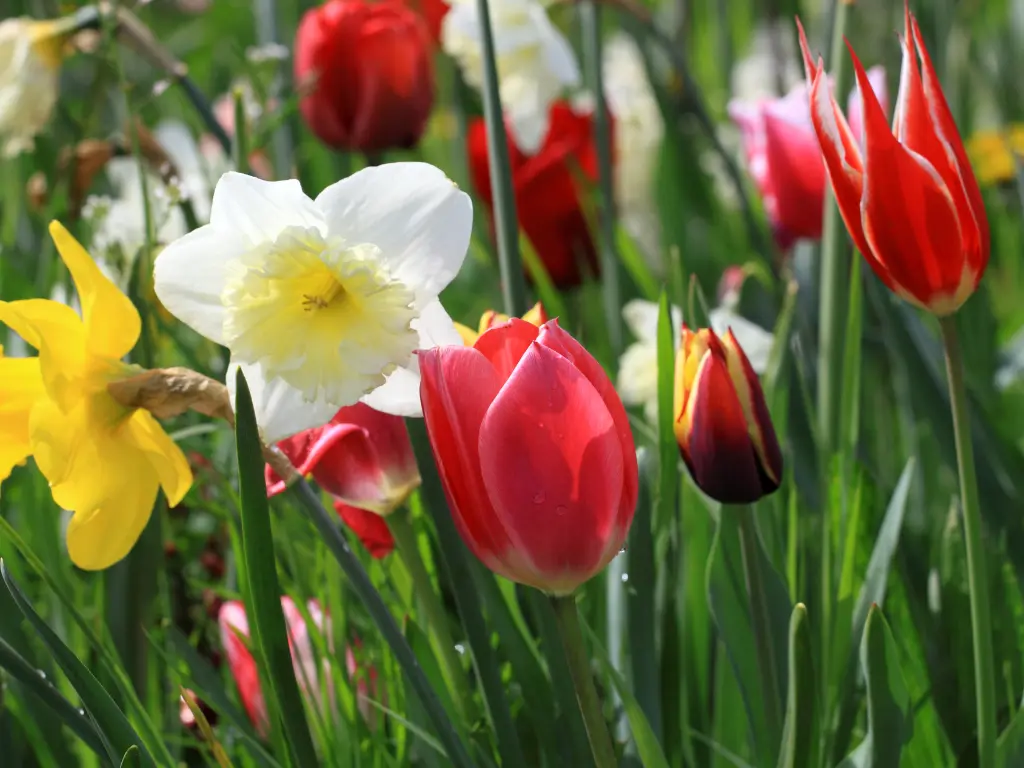
One of the most exciting things about fall planting is the chance to set the stage for a breathtaking spring garden. Spring-blooming bulbs like tulips, daffodils, hyacinths, and crocuses need a period of cold to trigger their blooming process, which is why fall is the perfect time to plant them.
The soil is still warm enough to encourage root development, but the cooler air signals to the bulbs that it’s time to settle in for the winter. By planting them now, you’ll get to enjoy a colorful burst of blooms when spring finally arrives.
Read more:
- Top 10 Best Plants That Improve Soil Quality, Making Your Whole Garden Thrive
- How to Prepare Soil to Plant: A Step-by-Step Guide for Beginners
When selecting bulbs, consider planting a mix of colors, heights, and bloom times for a longer-lasting show. If you live in an area where deer or other critters like to visit, choose bulbs that they typically avoid, such as daffodils, alliums, and grape hyacinths. These hardy bulbs can withstand the attention of curious animals, ensuring you enjoy your flowers without the worry of nibbling visitors.
2. Pansies and Violas
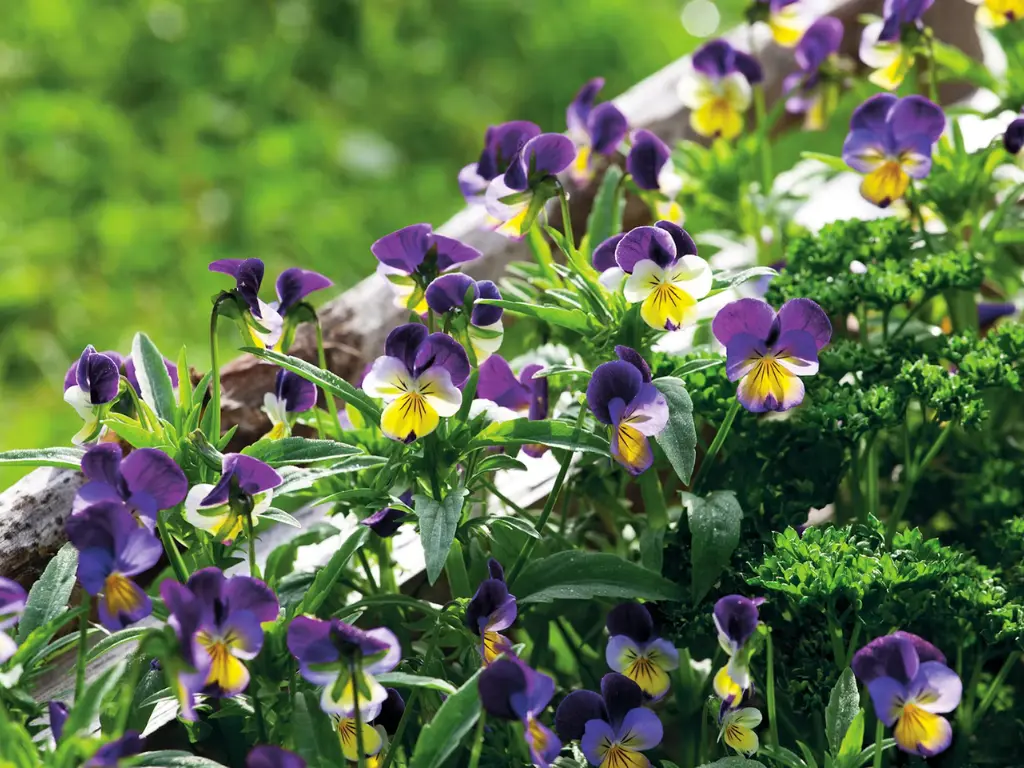
Pansies and violas are the go-to fall plants for gardeners looking to brighten up their garden. These cheerful, cool-season blooms can handle the chilly weather, and planting them in the fall means you can enjoy their vibrant colors both now and into the spring. Their roots grow strong in the still-warm soil, helping them withstand the winter frost and bloom again when the weather warms up.
For added protection during the coldest months, cover your pansies with a thick layer of mulch after the ground freezes. This simple step will protect their roots from the freeze-thaw cycles that can cause them to be uprooted. Not only will you be rewarded with their bright faces in the fall, but you’ll also get to watch them bloom again in early spring, making them a great value for your garden.
3. Turf Grass
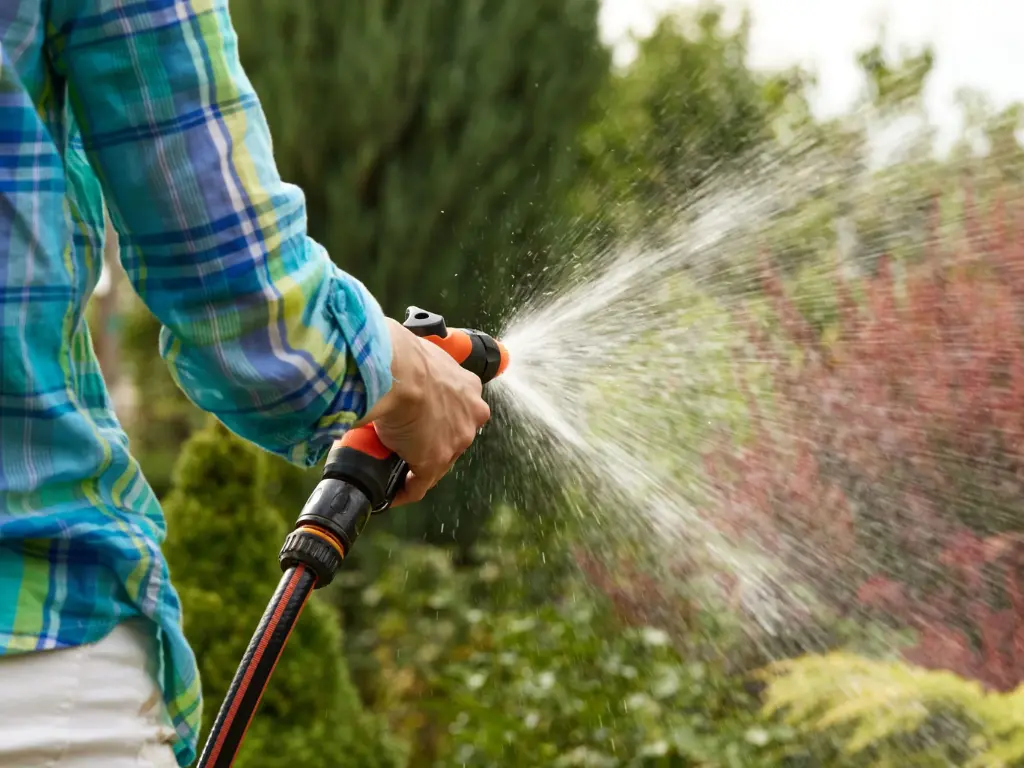
Fall is the best time to establish or repair your lawn. The cooler temperatures and regular rainfall of autumn create ideal growing conditions for grass. Whether you’re planting new grass from seed or laying down sod, now is the time to get your lawn off to a great start.
If you’re repairing a patchy lawn, first rake the area to expose the soil, then sprinkle your grass seeds evenly. Lightly cover the seeds with a layer of compost or straw to protect them and keep them moist. Be sure to water your new lawn regularly until the ground freezes so the grass has a chance to establish deep, healthy roots. By the time winter rolls around, your lawn will be ready to grow strong when the warmer weather arrives.
4. Trees and Shrubs
Autumn is the ideal season for planting trees and shrubs. The cooler air and warm soil provide the perfect conditions for root growth, allowing your new plants to establish themselves before winter’s cold sets in. Fall plants for gardens, such as trees and shrubs, give your garden a head start for the following year.
Before planting, check with your local utility companies to ensure you’re not digging over underground lines. When planting, always position trees and shrubs at their natural soil level and give them plenty of space to spread out. After planting, water them well until the ground freezes to ensure their roots are well-established.
5. Perennials
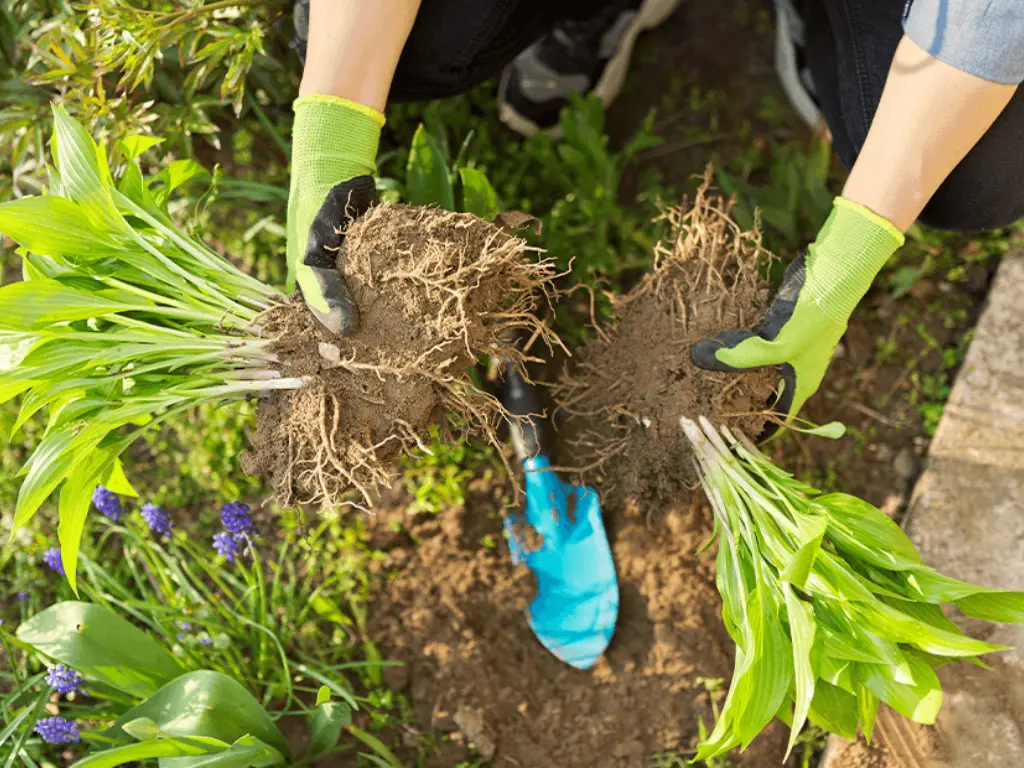
Fall is the best time to plant or divide perennials. If you’ve been thinking about adding more perennials to your garden or relocating existing ones, fall is the ideal season for these tasks. Plants like hostas, astilbes, and daylilies can be divided and replanted in the fall, giving them plenty of time to develop strong roots before the cold weather arrives.
After planting your perennials, make sure to protect them with mulch to prevent frost heaving, when the soil freezes and thaws, causing plants to be pushed out of the ground. A few inches of shredded leaves or mulch will keep the roots insulated and safe from the harsh winter temperatures. When spring arrives, your perennials will be ready to pop up and fill your garden with lush foliage and colorful flowers.
6. Cool-Season Vegetables
If you live in a region with mild winters, fall is the perfect time to plant cool-season vegetables. Leafy greens like lettuce, spinach, and kale thrive in the cooler temperatures, as do root vegetables like carrots, beets, and turnips. Fall gardening isn’t just about flowers—vegetables can also be planted to provide a tasty harvest in the months to come.
For those in colder climates, don’t worry—you can still grow these vegetables with a little extra help. Use row covers, hoop tunnels, or cold frames to protect your crops from the frost and extend your growing season. Another great fall option is planting a cover crop, such as peas or buckwheat, to improve soil health. These plants enrich the soil with nutrients, so you’ll have a healthy, fertile garden ready for planting in the spring.
7. Herbs for Fall Harvest
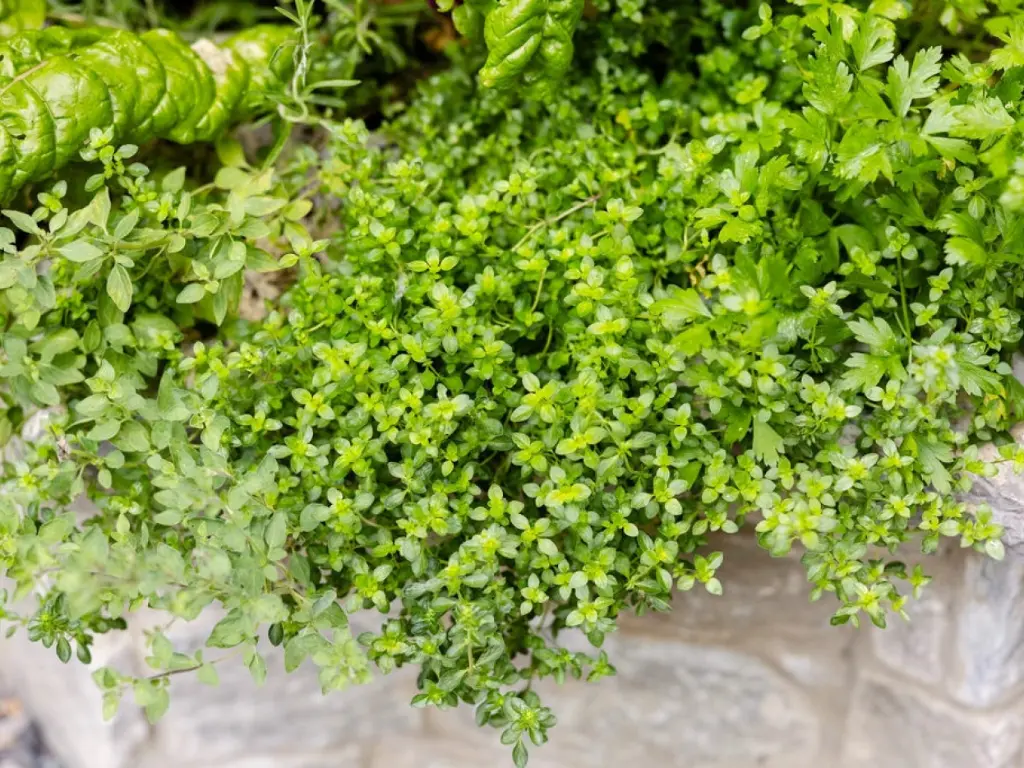
Fall is also a great time to plant hardy herbs that will thrive through the cooler months. Parsley, cilantro, thyme, and rosemary are great fall plants to add to your garden. Not only are these herbs useful for cooking, but they also bring lovely fragrances and textures to your garden.
If you’re growing herbs in containers, you can bring them inside once the temperatures drop. For those planted in the ground, be sure to mulch around them to protect their roots during the cold winter months. With a little care, you’ll have fresh herbs to enjoy all season long.
Read more:
- Growing Cuban Oregano Plants: A Complete Guide for Gardeners
- Growing Turmeric in Pots as a Houseplant or for Easy Harvest
Final Thoughts
Fall is a time for new beginnings in the garden. By planting the right plants now, you’re setting yourself up for a vibrant, thriving garden next spring.
As you prepare your garden for winter, remember that the effort you put in now will be rewarded with a stunning, bountiful garden that will bring joy and beauty for months to come.
Happy planting, and enjoy the process!
